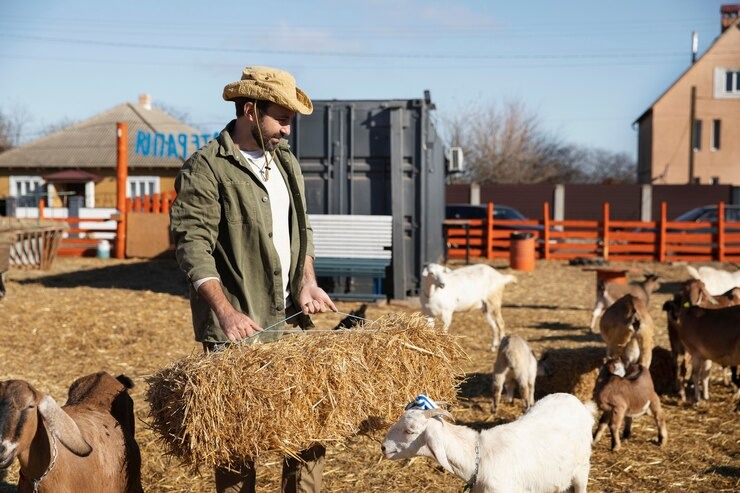What is Livestock Insurance?
Livestock insurance is a type of insurance policy designed to protect farmers and livestock owners against the financial losses that can result from the death, injury, or illness of their animals. This insurance provides a safety net for those who rely on livestock for their livelihood, ensuring that unexpected events do not result in severe financial hardship.
Types of Livestock Insurance Coverage
- Mortality Coverage
- This coverage compensates the policyholder for the loss of livestock due to death from natural causes, accidents, or diseases. It is similar to a life insurance policy for animals.
- Loss of Use Coverage
- This type of coverage is applicable if an animal is injured or becomes ill to the point where it can no longer perform its intended function, such as breeding, racing, or working.
- Comprehensive Coverage
- Comprehensive livestock insurance offers broader protection, covering a range of risks including theft, weather-related events, and even acts of violence. This type of policy is often tailored to the specific needs of the livestock owner.
Benefits of Livestock Insurance
- Financial Protection
- Livestock insurance provides compensation for the loss or damage of animals, helping to mitigate the financial impact of such events. This is crucial for farmers and ranchers who depend on their livestock for income.
- Stability for Operations
- By protecting against significant financial losses, livestock insurance helps maintain the stability of farming and ranching operations. This ensures that owners can continue their activities without major interruptions.
- Encourages Investment
- Knowing that their investments are protected, farmers and ranchers may be more inclined to invest in high-quality livestock, enhancing their overall productivity and profitability.
How Livestock Insurance Works
- Selecting a Policy
- Livestock owners choose a policy based on the type and value of their animals, as well as their specific risks. Policies can be customized to suit different species and breeds, including cattle, sheep, goats, pigs, and poultry.
- Paying Premiums
Premiums are determined by factors such as the number of animals, their value, the type of coverage, and the risk factors associated with the location and farming practices. - Claim Process
- In the event of a loss, the policyholder must report the incident to the insurance company, providing necessary documentation and evidence. The insurer then assesses the claim and, if approved, provides compensation based on the policy terms.
Factors to Consider When Choosing Livestock Insurance
- Coverage Limits
- Different policies have various limits on the amount they will pay out per animal or per incident. Understanding these limits is essential to ensure adequate coverage.
- Exclusions
- Policies may exclude certain events or conditions from coverage. Common exclusions include pre-existing conditions, intentional acts, and losses due to negligence. It is important to be aware of these exclusions to avoid surprises when filing a claim.
- Policy Terms and Conditions
- Reviewing the specific terms and conditions of the policy, including any waiting periods or special requirements, is crucial to ensure that the coverage meets the needs of the livestock owner.
Common Exclusions in Livestock Insurance
- Pre-existing conditions
- Intentional harm or neglect
- Certain diseases (depending on the policy)
- Normal aging and natural death
- Non-commercial animals (unless specified)
Conclusion
Livestock insurance is an essential tool for farmers and ranchers, providing crucial financial protection against the loss or injury of their animals. By understanding the different types of coverage, benefits, and factors to consider when choosing a policy, livestock owners can make informed decisions that safeguard their investments and ensure the continuity of their operations. This protection not only supports individual farmers but also contributes to the stability and resilience of the agricultural sector as a whole.
